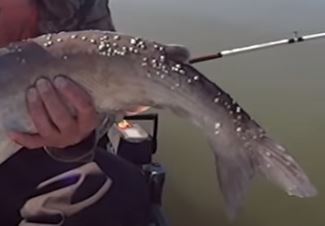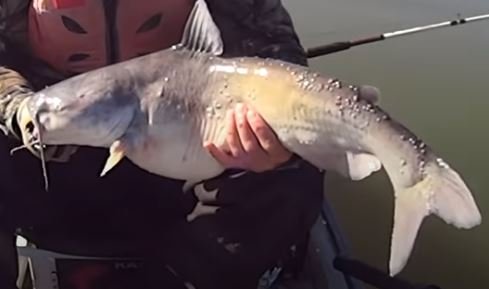- Have you tested your water?
- No
- If I did not test my water...
- ...I recognize that I will likely be asked to do a test, and that water tests are critical for solving freshwater health problems.
- Do you do water changes?
- No
- If I do not change my water...
- ...I recognize that I will likely be recommended to do a water change, and water changes are critical for preventing future freshwater health problems.


Channel Cat caught on the Tennessee River on May 10th 2020. Has white warts/bumps on a large portion of its body. After doing some research it seems that they (the bumps) are too white to be Clinostomum marginatum, and too big to be Ichthyophthirius. However, I'm no biologist, so I figured I would post on a few forums online to see if any experts might be able to weigh in; preferably a biologist that's spent time in US rivers. But, any help will be appreciated. Thanks in advance!


